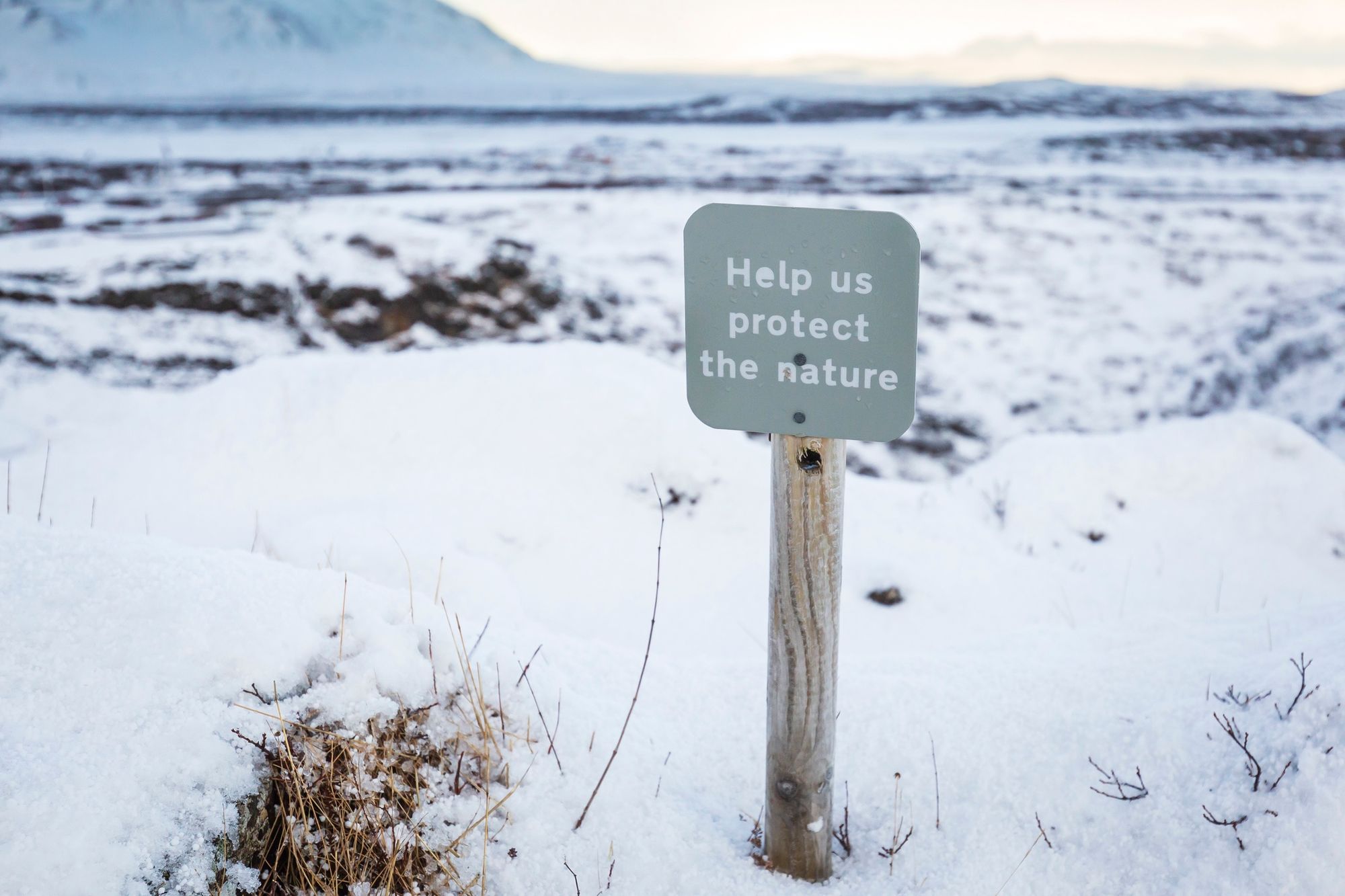Whilst out trekking, you’re interacting with a delicate balance of nature, new cultures and your personal trekking group. You want to be responsible in what you do while you're on your trek, but also not be irresponsible by how you prepared for it.
If you want to keep the balance, while keeping the trails accessible to everyone in the future, respect must be paid to the physical and cultural environments you visit. Trekking responsibly is, well, it’s your responsibility. So please pass these tips on. The more people who act responsibly the longer our wild spaces will stay wild.
1. Choice of Trek
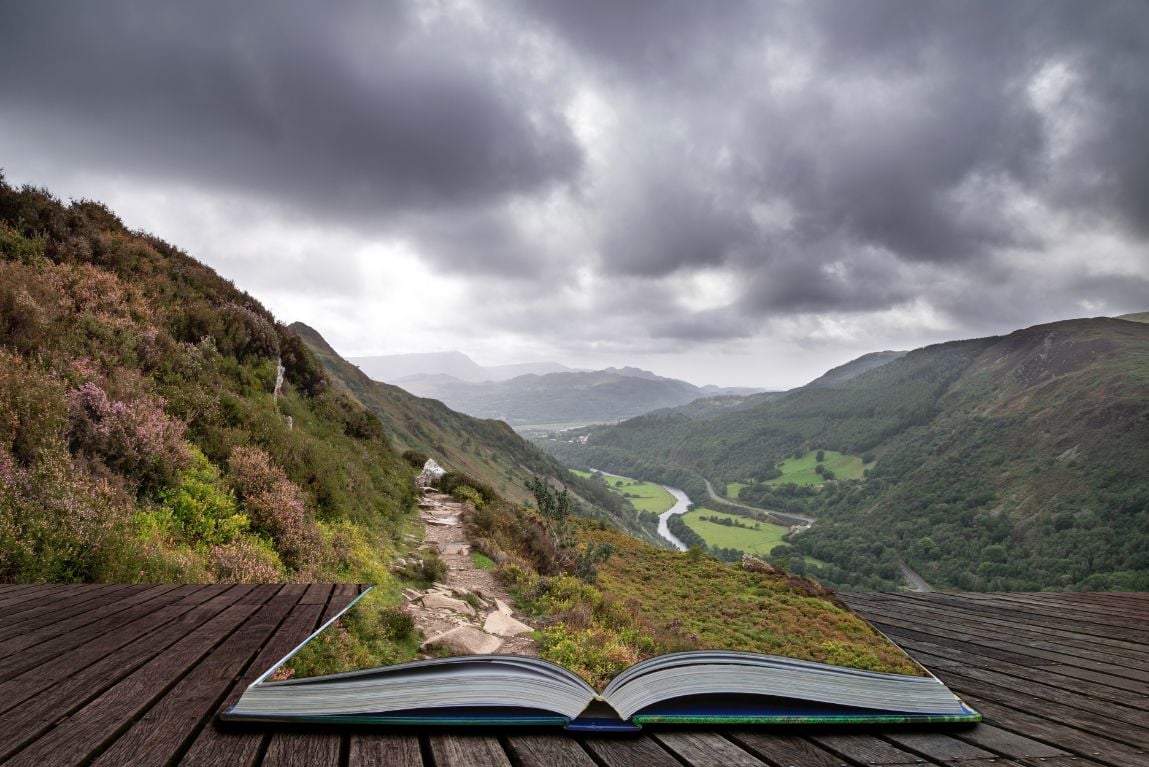
There are 1000’s of treks in this world, one to match to every fitness level on the planet. When choosing where to go, keep in mind the following:
Who are you going with? What are your fitness levels? How much experience trekking does everyone have? This will decide the kind of route you should do. What will the weather be like? How long do you want to go? What are the possible risks? Do you want a challenge or a leisurely ramble? Do you want to get high? Obviously in the metres-above-sea-level sense. How will the altitude affect you? Do you want seclusion or social interaction with other trekkers? Planning will be key for you and your group.
2. Permits
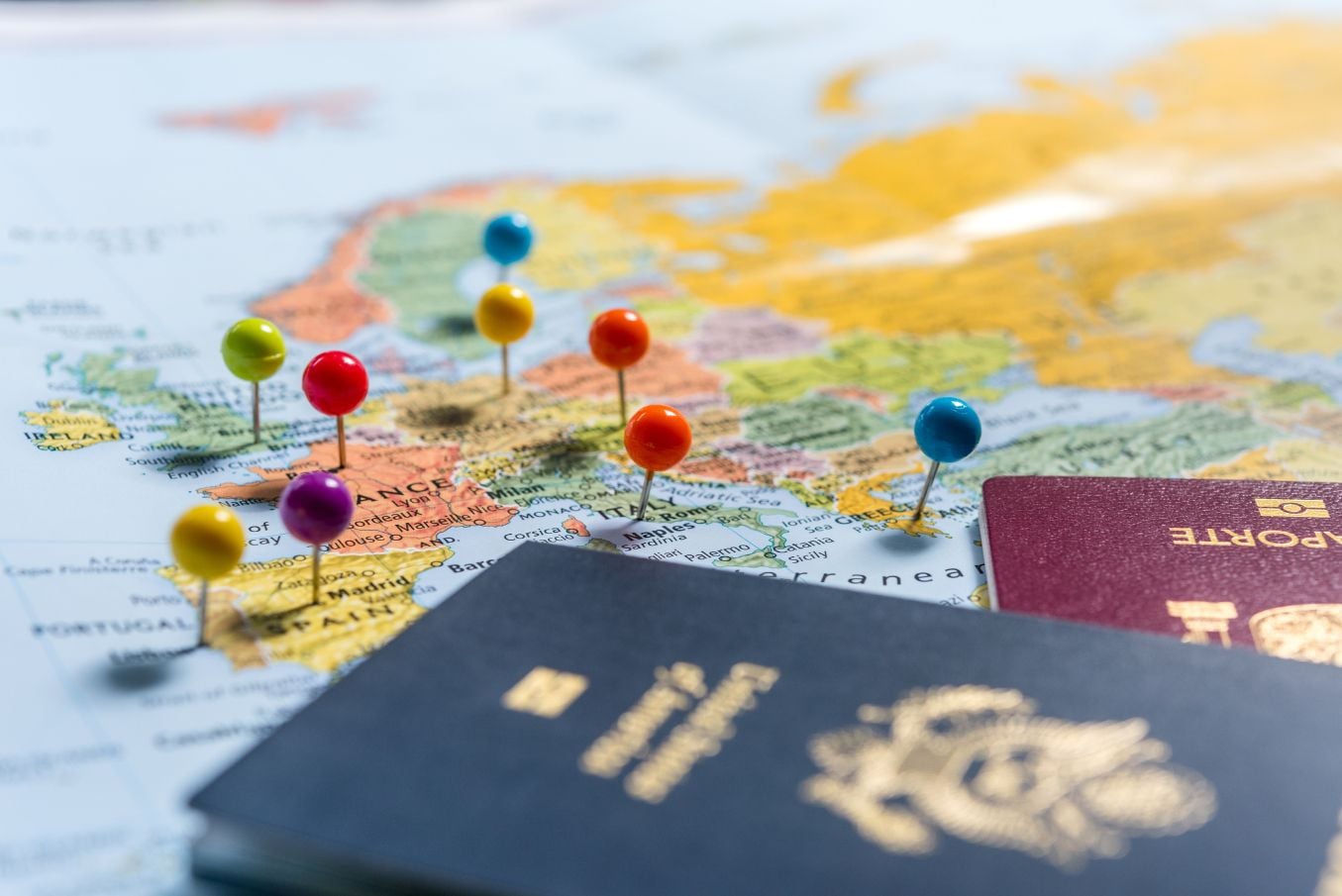
Know what you need and get your documents in order. Pre-fill out permit forms if possible, get your passports and passport photos in place. Know the fees beforehand so you have the right cash. Note that many places charge differing rates for different nationalities. Don’t be offended – sometimes that’s just the way it is. If you can digest and research these fees pre-trip, the better for all. Some places even need permits to be booked in advance to give you access to the trails.
3. Porters and Guides
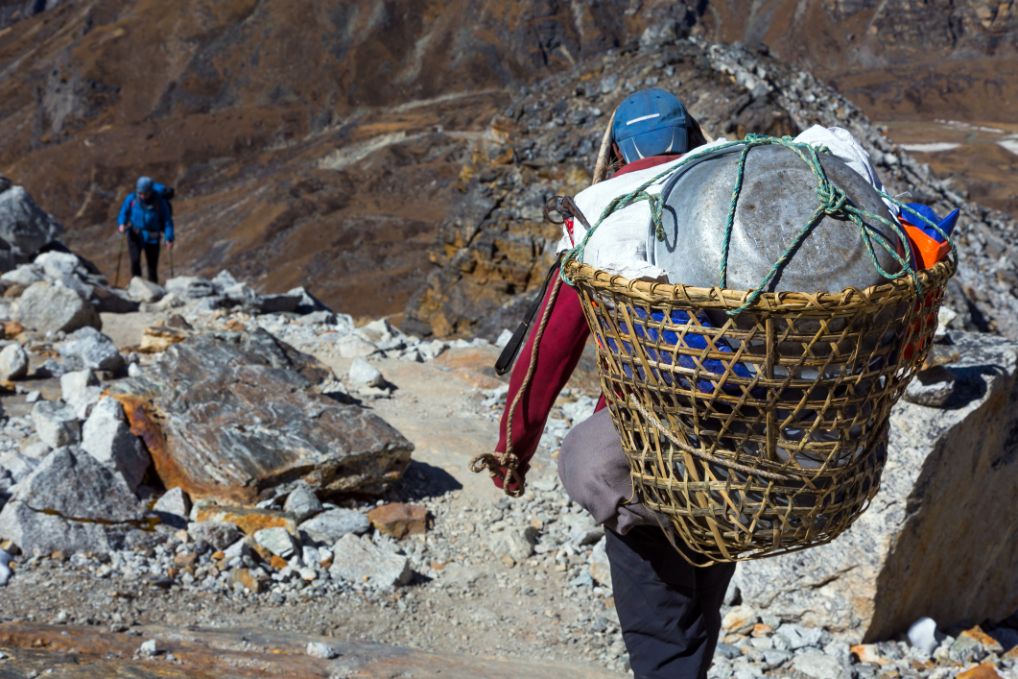
Often the best knowledge can be found from the people on the ground. These experienced men and women know the territory and the gear to best suit every trekker. They’ve seen all sorts of sticky situations before. They’ve seen trends come and go, and they know what practices consistently work best on their turf.
When choosing guides and porters, research ethical companies who pay their staff well, provide them with proper gear and who have long-term staff retention. These probably won’t be from the cheapest companies! Do utilise local porters and guides – it keeps the trekking economy running at full circle, and will keep you safe and in the know.
4. Clothing
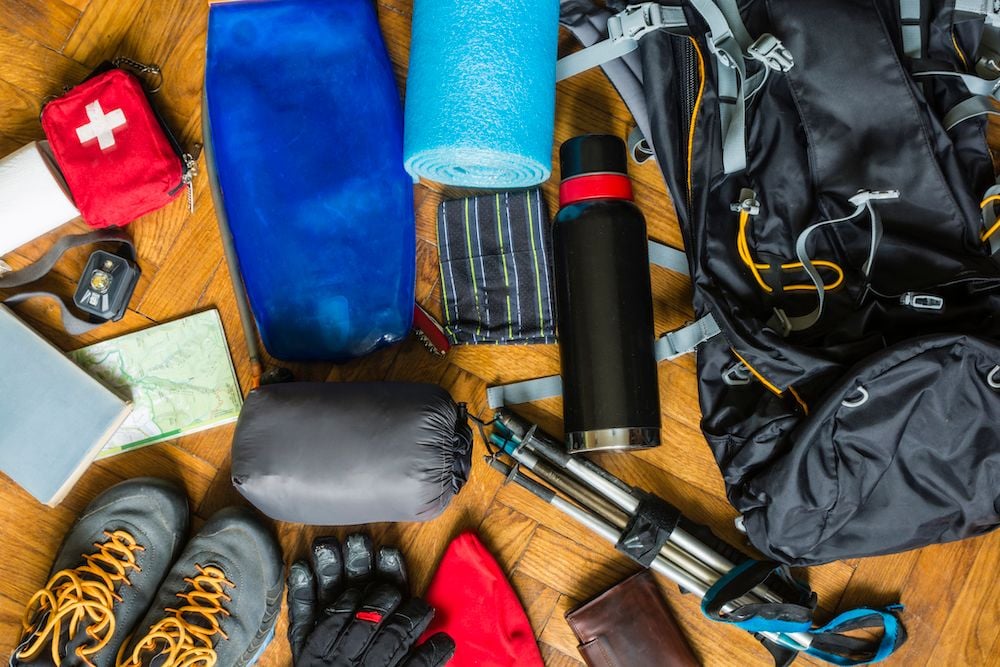
Practice-pack and break in new footwear and clothing way before your trek. This is about your comfort and safety, as well as that of all your fellow trekkers. If you’re limping and snivelling about blisters the whole time, that isn’t fun for anyone. If you get a preventable cold from not bringing waterproof outerwear, resulting in keeping the whole group back a day, nobody’s going to be particularly thrilled. Also, keep in mind the weight you’ll be carrying. Will you be happier if you don’t bring a weighty, daily change of T-shirt and trekking socks? Or will you be miserable wearing the same clothes each day? Assess yourself and pack accordingly.
5. Food
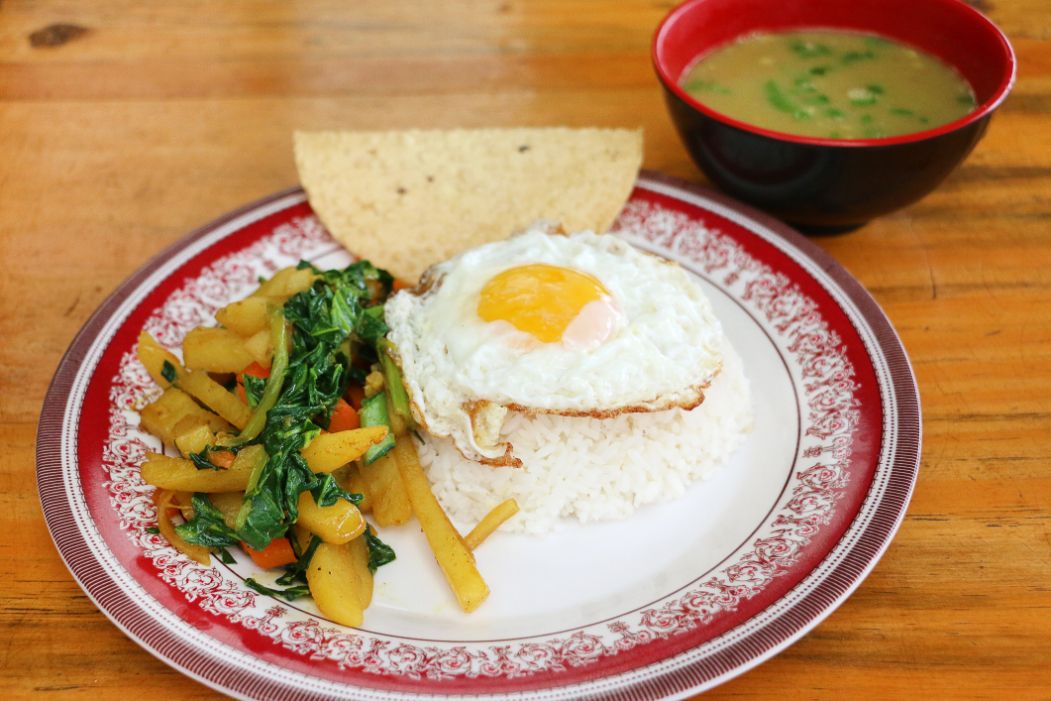
Food tastes fantastic in the wilderness, so make sure you know how and where you’re going to get your grub. Will there be tea houses along the way where you can purchase meals, contributing to the local economy? If so, perhaps everyone should order the same dish to conserve resources. Or, are you going to bring all of your sustenance with you? Will you choose individually packed energy bars or a homemade version packaged in one tough reusable zip-lock? If you’re in a remote area, make sure you prepare just the right amount of food for consumption – don’t bury the extra portion or chuck it in the river. Fish and bears don’t need your leftover baked beans. Remember to be meticulous about removing rubbish at your campsite or along the trail.
6. Fire
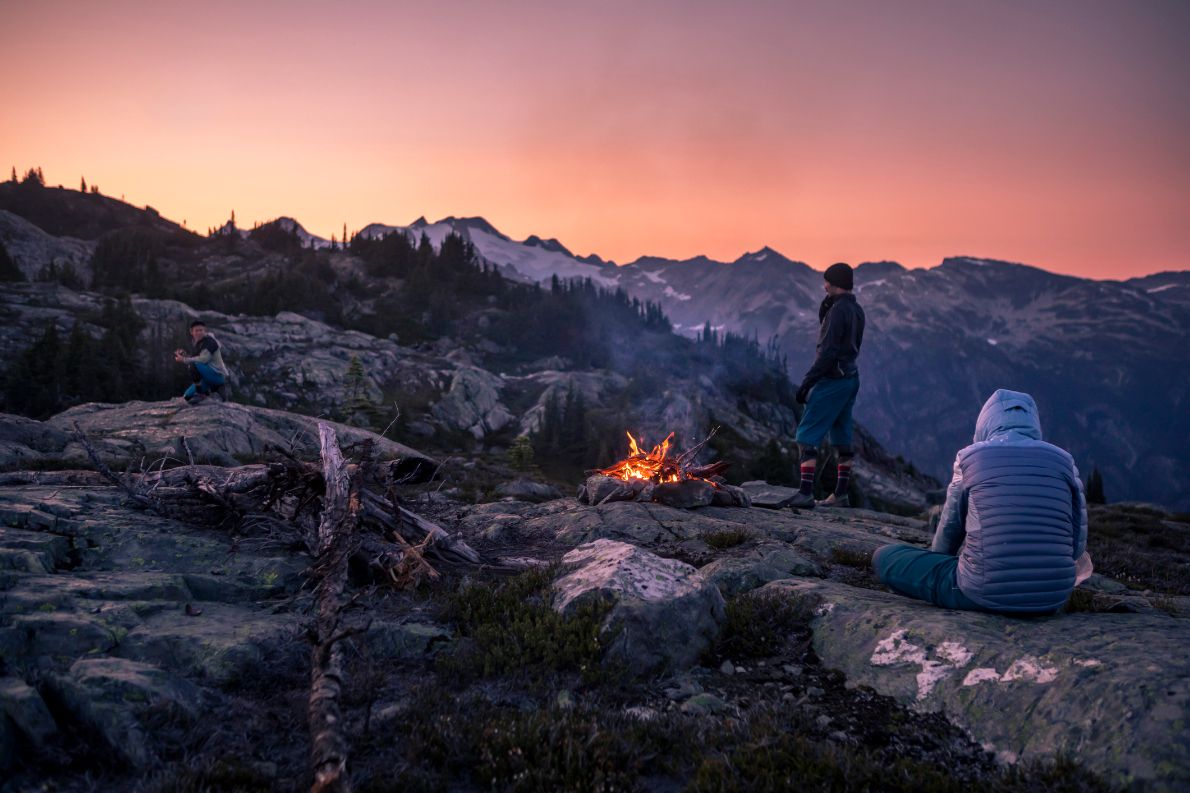
Sitting around the campfire on a starry night is a beautiful thing. Just make sure you’re careful. Think about the fuel you’re using and the impact it’ll have on the environment around you. Is deforestation an issue? Are the local residents being encouraged not to burn wood? Are you depending on a fire to cook food? Because in some places you aren't allowed to light a fire at all. Is the size of the fire comparable to the amount of energy it takes to heat the meal? Might a portable camping stove be more energy efficient? Always, always make sure the fire, or anything lit like a cigarette, is put out and disposed of completely and attentively.
7. Wildlife
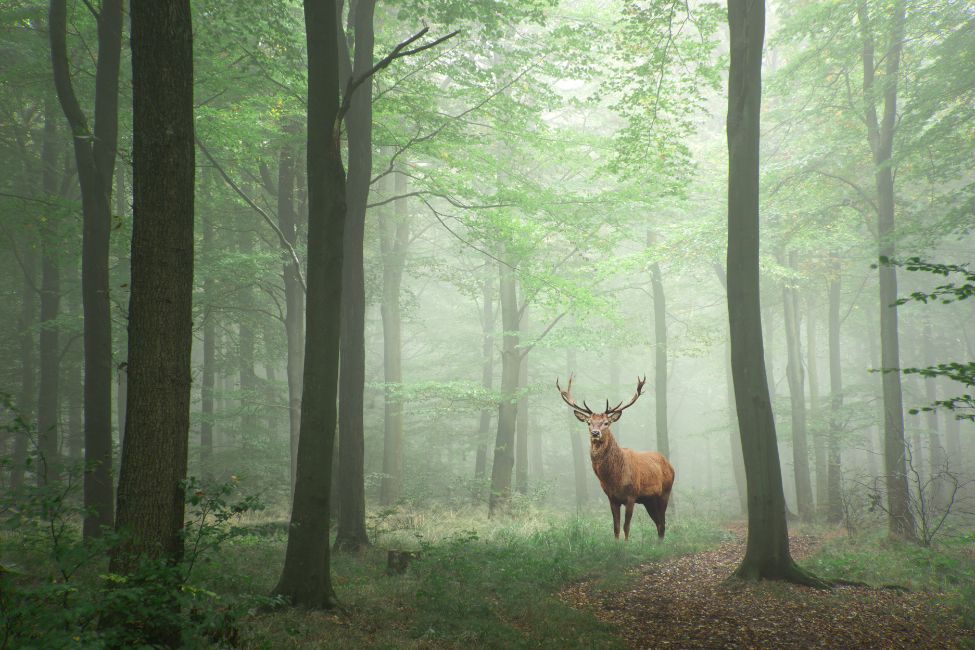
Don’t feed the monkeys! Or the bears or squirrels or fish. The wildlife can take care of itself. People are the imposters to the balanced ecosystem. Humans need to adapt to nature and tiptoe unassumingly. So, even if the squirrel looks endearingly innocent like it's an extra in a Disney cartoon, keep your trail mix to yourself and don’t dump your leftovers in the lake.
8. Human Waste
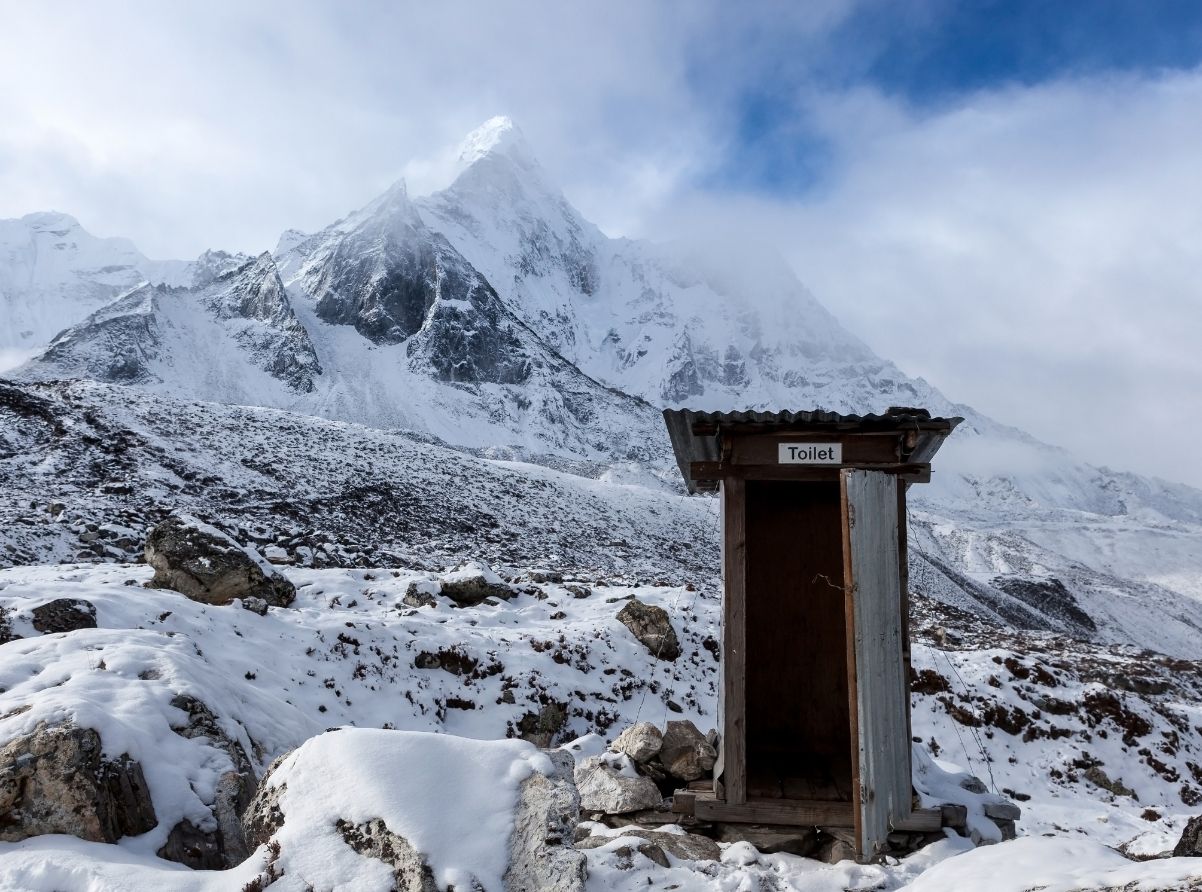
Right, so if there aren’t toilets around, dispose of your waste appropriately. Bury it in a shallow hole about 6-8 inches deep, and make sure it is at least 200ft from water sources, campsites or trails. If it's the kind of place it'll never biodegrade (we're talking very high altitude, for example) you should really take it out with you. You should also carry out toilet paper. You wouldn’t want to come across dirty tissues, right? So make sure to take care of your own.
9. Other People’s Rubbish
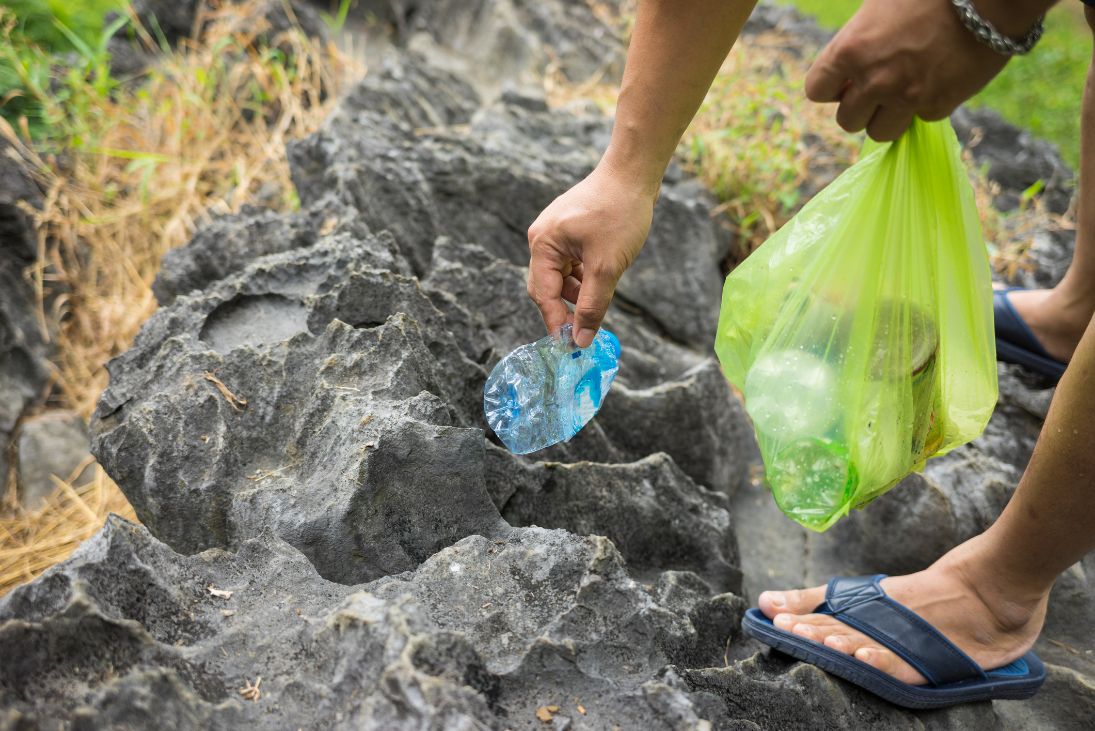
Get your karma on and help keep the trails clean! Bring a bag and help collect rubbish as you go and dispose of it at the next trailhead. Easy. Done. Boom.
10. Medical and Safety Equipment
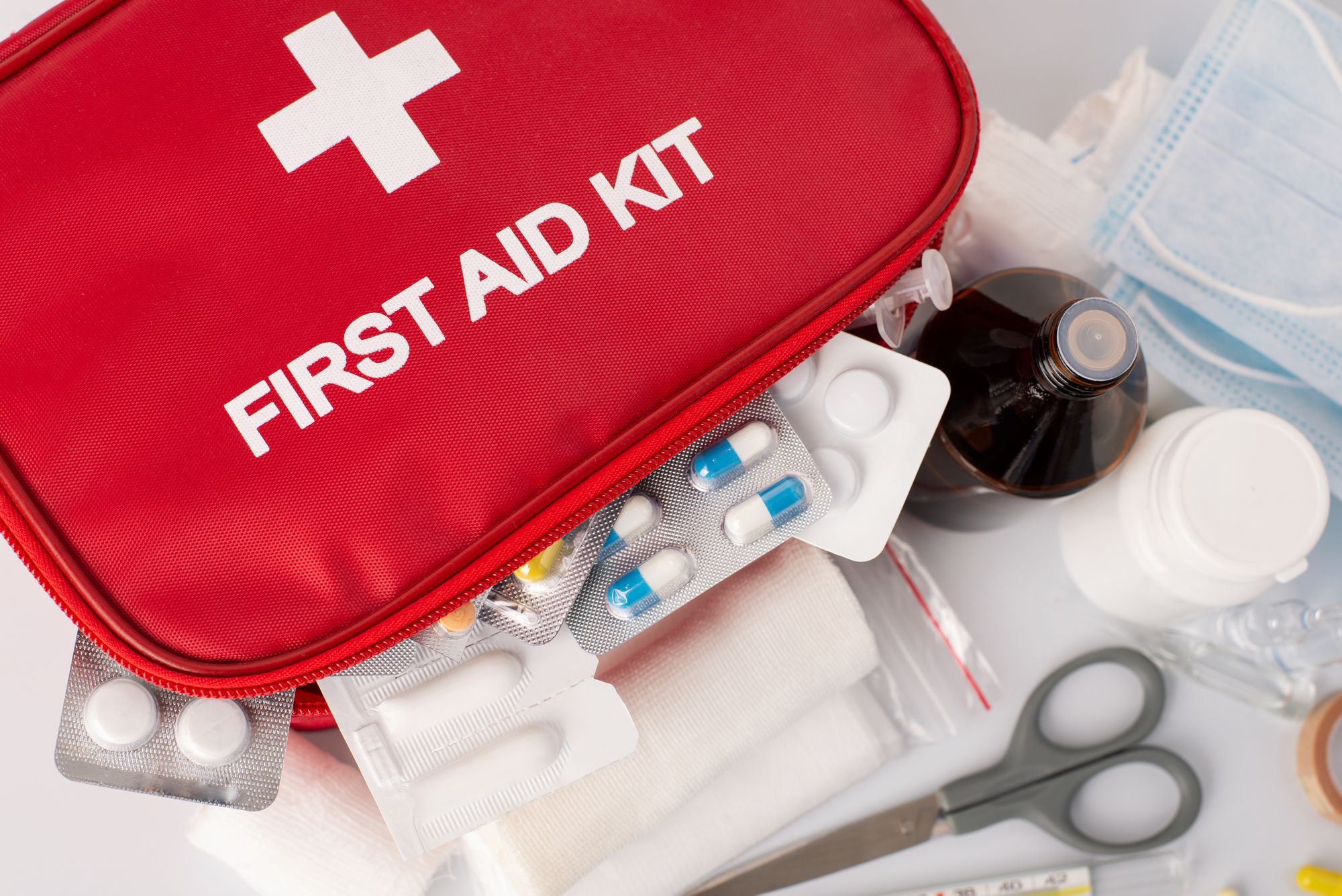
Make sure somebody in your group has the basics of first aid, both the kit and the knowledge. Consider packing sunscreen, lip balm, plasters, anti-inflammatory medication, anti-diarrhoea meds, deep heat for muscle aches, painkillers and/or altitude-sickness meds. Remember to take enough personal medication to last the entire journey. Also, pack your head torches and any safety equipment recommended for your particular trek.
11. Culture
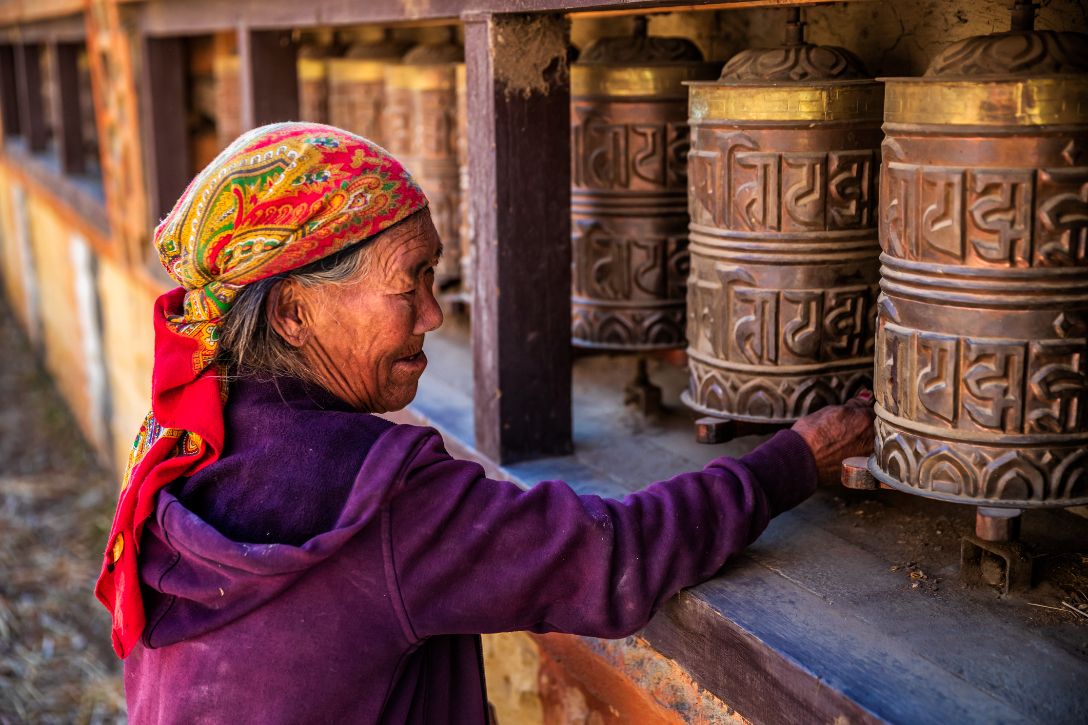
Trekking is a wonderful way to learn about a culture. It’s best to show gratitude to your hosts by learning about best practices before you arrive. Think of clothing: if it’s going to get hot during the day whilst trekking through the Himalayas, keep the cleavage and the low tank tops/vest tops away. Wear loose-fitting clothing instead. Be mindful and respectful of what the locals are wearing. Also, respect your other trekkers and local tenants. Nobody likes being kept up by the party camp up the river. Are you in a small village? Remember, somebody’s got to get up and work tomorrow!
12. Giving and Tipping

Find out ahead of time what is customary to tip guides, porters, drivers and restaurant staff in the region you’re trekking. Giving too much or too little can skew the system. Also, if you see children on the trek begging for pens and candy on a Tuesday during term time, don’t bestow the freebies. Perhaps donate some pens to a local school and the teachers will hand them out while the children are in attendance.
As for photographs, make sure you ask for permission to photograph people and religious places. If the subject asks for money, use your judgement. If children are involved, consider whether they should be in school instead of peddling for cash. Also, always do thorough research before donating to any organisation.
So now you know how to behave, why not apply your new found knowledge on one of our hiking trips – lovingly hand-crafted with only the best local guides and hosts.

